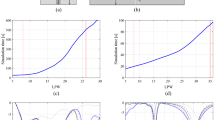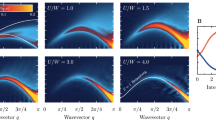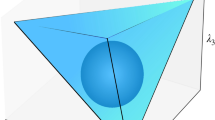Abstract
IN the last century, the idea of a universal and all-pervading æther was popular as a foundation on which to build the theory of electromagnetic phenomena. The situation was profoundly influenced in 1905 by Einstein's discovery of the principle of relativity, leading to the requirement of a four-dimensional formulation of all natural laws. It was soon found that the existence of an æther could not be fitted in with relativity, and since relativity was well established, the æther was abandoned.
This is a preview of subscription content, access via your institution
Access options
Subscribe to this journal
Receive 51 print issues and online access
$199.00 per year
only $3.90 per issue
Buy this article
- Purchase on SpringerLink
- Instant access to full article PDF
Prices may be subject to local taxes which are calculated during checkout
Similar content being viewed by others
References
Proc. Roy. Soc., [A, 209, 291 (1951)].
Author information
Authors and Affiliations
Rights and permissions
About this article
Cite this article
DIRAC, P. Is there an Æther?. Nature 168, 906–907 (1951). https://doi.org/10.1038/168906a0
Issue date:
DOI: https://doi.org/10.1038/168906a0
This article is cited by
-
Galaxy rotation curves in superfluid vacuum theory
Pramana (2022)
-
Quaternion Algebra on 4D Superfluid Quantum Space-Time. Dirac’s Ghost Fermion Fields.
Foundations of Physics (2022)
-
Gravitational redshift and the vacuum index of refraction
Astrophysics and Space Science (2019)
-
Where Mendeleev was wrong: predicted elements that have never been found
ChemTexts (2019)
-
Lorentz-Invariant, Retrocausal, and Deterministic Hidden Variables
Foundations of Physics (2019)



